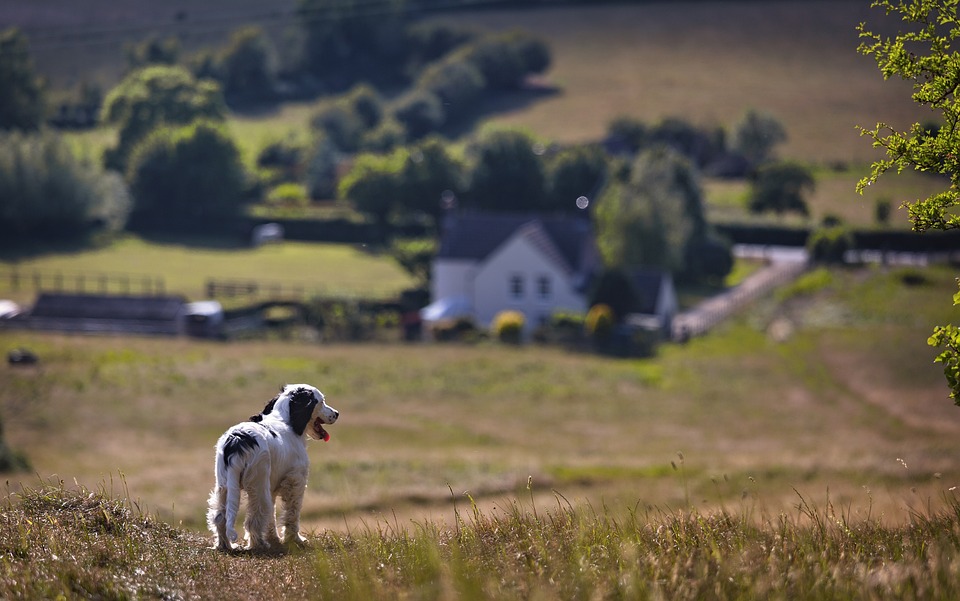Grooming your dog at home can be a rewarding experience for both you and your furry friend. Not only does it save you time and money, but it also allows you to bond with your dog and monitor their overall health. By following a comprehensive grooming routine and addressing common challenges, you can ensure that your dog is well-groomed and happy.
**1. Why is grooming important for your dog?**
Regular grooming is essential for your dog’s overall health and wellbeing. It helps prevent issues such as matting, skin infections, ear problems, and dental diseases. Grooming also provides an opportunity to check for any abnormalities or potential health concerns.
**2. Understanding your dog’s grooming needs**
Different dog breeds have unique grooming requirements based on their coat type, length, and activity level. It is crucial to research and understand your dog’s specific grooming needs to ensure you meet them adequately. Some dogs may require more frequent grooming to prevent matting, while others may need less attention.
**3. Creating a grooming routine**
To properly groom your dog at home, follow these essential steps:
**A. Brushing your dog’s coat**
Regular brushing helps remove loose hair, prevent matting, stimulate blood circulation, and promote healthy skin. The frequency of brushing depends on your dog’s coat type, but a general rule of thumb is to brush them at least once or twice a week.
**B. Bathing your dog**
Bathing your dog helps keep their coat clean and free from dirt, debris, and parasites. Use a dog-specific shampoo and conditioner, as human products can irritate their skin. The frequency of bathing varies depending on your dog’s lifestyle, but aim for once every 4-8 weeks to avoid stripping their coat of essential oils.
**C. Trimming your dog’s nails**
Regular nail trimming prevents overgrowth, discomfort, and potential injuries. Invest in high-quality nail clippers designed for dogs and familiarize yourself with the proper technique. Be cautious not to cut too close to the quick, as it can cause bleeding. If you’re unsure, consult your veterinarian or a professional groomer for guidance.
**D. Cleaning your dog’s ears**
Cleaning your dog’s ears helps prevent infections and ear mites. Use a gentle, dog-specific ear cleaner and cotton balls or a soft cloth to wipe away dirt and wax. Avoid using cotton swabs, as they can damage the ear canal. If you notice any redness, swelling, or an unpleasant odor, consult your veterinarian.
**E. Brushing your dog’s teeth**
Dental hygiene is vital in maintaining your dog’s overall health. Regularly brushing their teeth with a dog-specific toothbrush and toothpaste helps prevent tartar buildup, gum disease, and bad breath. Start slowly and introduce toothbrushing gradually to make it a positive experience for your dog.
**4. Essential grooming tools**
To effectively groom your dog at home, you will need a few essential tools:
– Slicker brush or comb suitable for your dog’s coat type
– Dog-specific shampoo and conditioner
– Nail clippers designed for dogs
– Ear cleaner
– Dog-specific toothbrush and toothpaste
– Towels, grooming wipes, and a hairdryer (if necessary)
**5. Addressing common grooming challenges**
Grooming your dog at home may come with its fair share of challenges. Here are some common concerns and solutions:
– **Dealing with a fearful or anxious dog:** Gradually introduce grooming activities, use positive reinforcement, and consider seeking professional advice or assistance from a certified dog trainer or behaviorist.
– **Handling matted fur:** Use a detangling spray or conditioner before brushing, and if the mats are severe, consult a professional groomer to avoid causing any discomfort or skin damage.
– **Avoiding ear infections:** Ensure your dog’s ears are thoroughly dry after bathing or swimming to prevent moisture-related infections. Additionally, avoid excessive hair growth inside the ear canal, as it can trap moisture and debris.
**6. FAQs**
**Q1: Can I use human grooming products on my dog?**
No, it is best to use grooming products specifically designed for dogs. Human products may contain ingredients that can irritate your dog’s skin or be toxic if ingested.
**Q2: How often should I groom my dog?**
The frequency of grooming depends on your dog’s breed, coat type, and lifestyle. Research your dog’s specific grooming needs or consult a professional groomer or veterinarian for guidance.
**Q3: Can I use any pair of nail clippers to trim my dog’s nails?**
No, it is essential to use nail clippers designed specifically for dogs. They are designed to prevent overcutting and ensure a safe trimming experience for your dog.
**Q4: What should I do if my dog dislikes being groomed?**
If your dog shows resistance or fear towards grooming, take it slow, use positive reinforcement, and reward them with treats and praise. Consider seeking professional help from a certified dog trainer or behaviorist if needed.
Properly grooming your dog at home not only enhances their appearance but also contributes to their overall health and happiness. By following a regular grooming routine and understanding your dog’s specific needs, you can ensure they feel loved, comfortable, and look their best. Remember, patience, consistency, and positive reinforcement are key elements in successful home grooming sessions.









